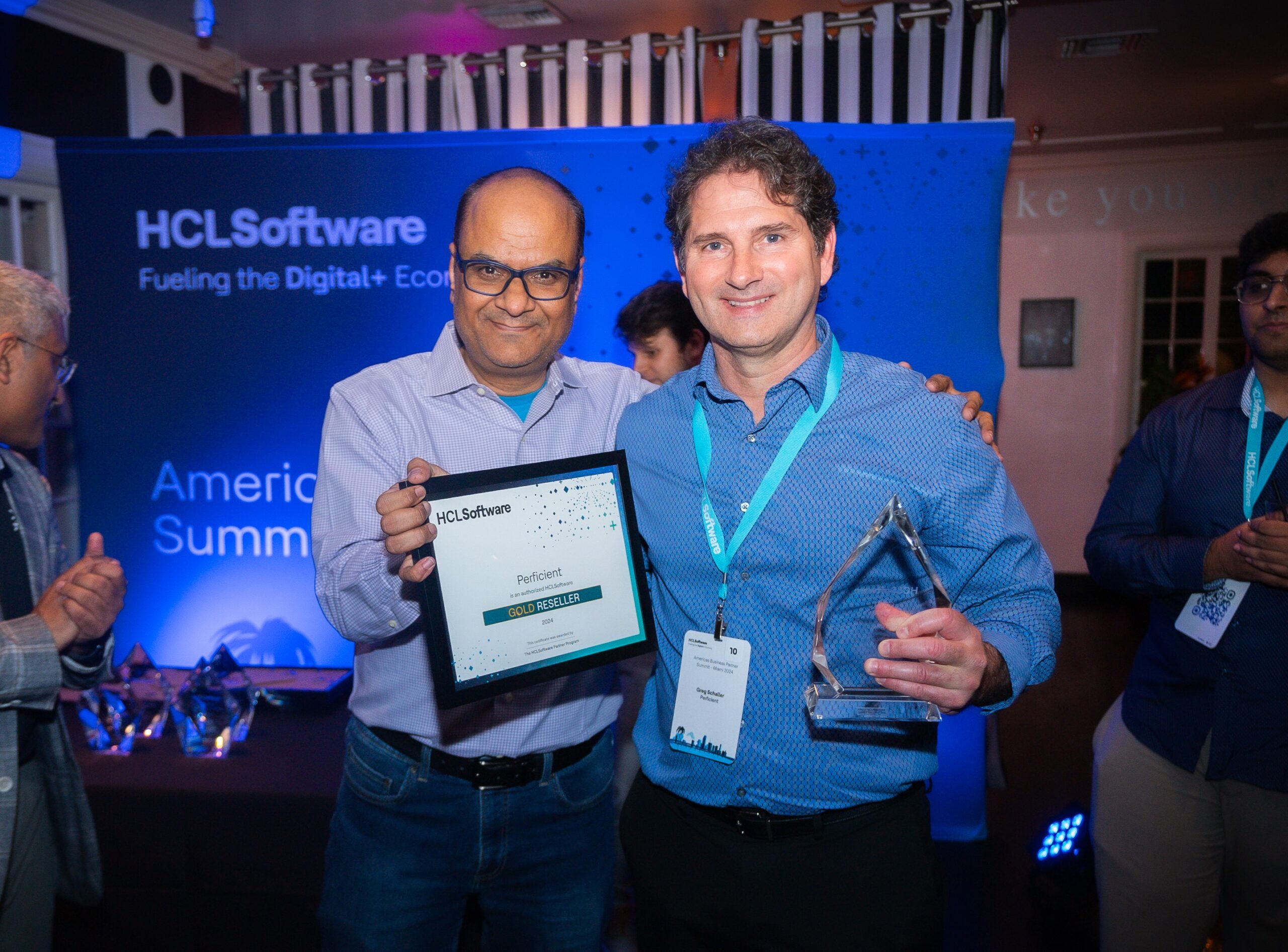Google Explains Index Selection During A Core Update

Google’s Gary Illyes answered a question about canonicalization, indexing and core algorithm updates that gives a clearer picture of how the different systems work together but independently.
A search marketer named David Minchala asked if Google’s canonicalization processes still worked but in a slower manner during a core algorithm update. The answer to that question is interesting because it offers a way to better understand how these backend processes function.
David’s question used the word “posit” which means to put an idea or statement forward for consideration as a possible fact.
This is the question:
“Posit: during core algo updates (and maybe any big update?), indexing services like canonicalization (i.e., selecting the URL to index and merging all signals from other known duplicate URLs) still work but are slower. Maybe much slower.
Any chance for a comment, Gary Illyes or John Mueller ? Could also be a good topic for Search Off the Record: what are the technical demands on Google to roll out core updates and how could that affect “normal” services like crawling and indexing.”
Google’s Gary Illyes responded by saying that the posited statement is incorrect, using an analogy to explain how the two things function. Gary specifically mentions the index selection process (where Google chooses what goes into the index) and canonicalization (choosing which URL represents the webpage when there are duplicates).
He explained:
“the posit is incorrect. those systems are independent from the “core updates”.
think of core updates as playing with cooking ingredients: you change how much salt or msg you put in your stir fry and you can radically change the result.
in this context index selection and canonicalization is more about what’s happening in the salt mines or the msg factories; not much to do with the cooking just yet.”
Google Indexing Engine
So in other words, what happens in a core update happens independently from the index selection and canonicalization processes. That way of looking at it, as Gary Illyes suggested, aligns with many of Google’s patents that describe how search systems work. When talking about a search engine, patents describe them as a collection of engines, using the phrase “indexing engine” when talking about indexing.
For example, in one patent illustration there’s an indexing engine, a ranking engine, and a score modification engine. Data goes in and out of each engine where it gets processed according to its function.
Screenshot From A Google Patent

The above screenshot makes it easier to understand what a search engine is and how the different parts work together and separately as well.
Read the LinkedIn discussion here.
Read also: Google Explains How It Chooses Canonical Webpages
Featured Image by Shutterstock/Roman Samborskyi
Source link : Searchenginejournal.com



